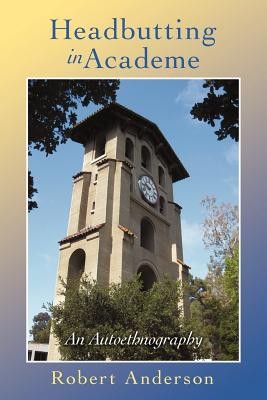
- We will send in 10–14 business days.
- Author: Robert Anderson
- Publisher: iUniverse
- Year: 2009
- Pages: 282
- ISBN-10: 1440160538
- ISBN-13: 9781440160530
- Format: 15.2 x 22.9 x 1.5 cm, minkšti viršeliai
- Language: English
- SAVE -10% with code: EXTRA
Reviews
Description
Mills College, a small college in the foothills of Oakland, where I have taught for many years, is just ten minutes by car from Fremont High, a failing inner-city school. At Fremont I volunteered to work with teachers and administrators struggling to transform the old school into six new small autonomous college preparatory high schools, the Fremont Federation.
During that decade, 1999-2009, contrasts between Fremont and Mills were enormous: a public secondary school versus a private college, boys and girls versus women only, an underperforming educational program versus a top-ranked degree-granting institution, the flat lands versus the hills, poverty versus prosperity, crime versus safety. And yet, the two institutions are similar in one very important way. Teachers struggle in comparable ways with governance issues of power and control.
That similarity makes comparative analysis worth doing. The two institutions provide ethnographic support for a two-system model of educational policy analysis. Teaching in those two very different places is similarly challenged by an opposition of rigid bureaucratic dominance, symbolized as a matrix, in cultural conflict with the fluid, convoluted, open-ended world that teachers grapple with, symbolized as a labyrinth.
This tale of two schools was written as an autoethnography. I did not conduct formal research. I offer here a narrative ethnography based on my own life experience as a teacher who happens to be a professional anthropologist.
EXTRA 10 % discount with code: EXTRA
The promotion ends in 22d.23:10:23
The discount code is valid when purchasing from 10 €. Discounts do not stack.
- Author: Robert Anderson
- Publisher: iUniverse
- Year: 2009
- Pages: 282
- ISBN-10: 1440160538
- ISBN-13: 9781440160530
- Format: 15.2 x 22.9 x 1.5 cm, minkšti viršeliai
- Language: English English
Mills College, a small college in the foothills of Oakland, where I have taught for many years, is just ten minutes by car from Fremont High, a failing inner-city school. At Fremont I volunteered to work with teachers and administrators struggling to transform the old school into six new small autonomous college preparatory high schools, the Fremont Federation.
During that decade, 1999-2009, contrasts between Fremont and Mills were enormous: a public secondary school versus a private college, boys and girls versus women only, an underperforming educational program versus a top-ranked degree-granting institution, the flat lands versus the hills, poverty versus prosperity, crime versus safety. And yet, the two institutions are similar in one very important way. Teachers struggle in comparable ways with governance issues of power and control.
That similarity makes comparative analysis worth doing. The two institutions provide ethnographic support for a two-system model of educational policy analysis. Teaching in those two very different places is similarly challenged by an opposition of rigid bureaucratic dominance, symbolized as a matrix, in cultural conflict with the fluid, convoluted, open-ended world that teachers grapple with, symbolized as a labyrinth.
This tale of two schools was written as an autoethnography. I did not conduct formal research. I offer here a narrative ethnography based on my own life experience as a teacher who happens to be a professional anthropologist.


Reviews